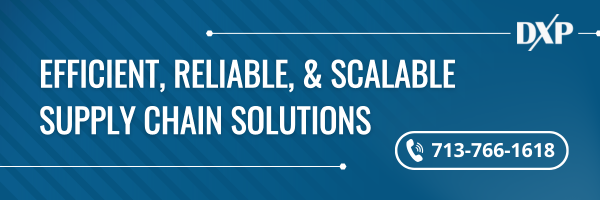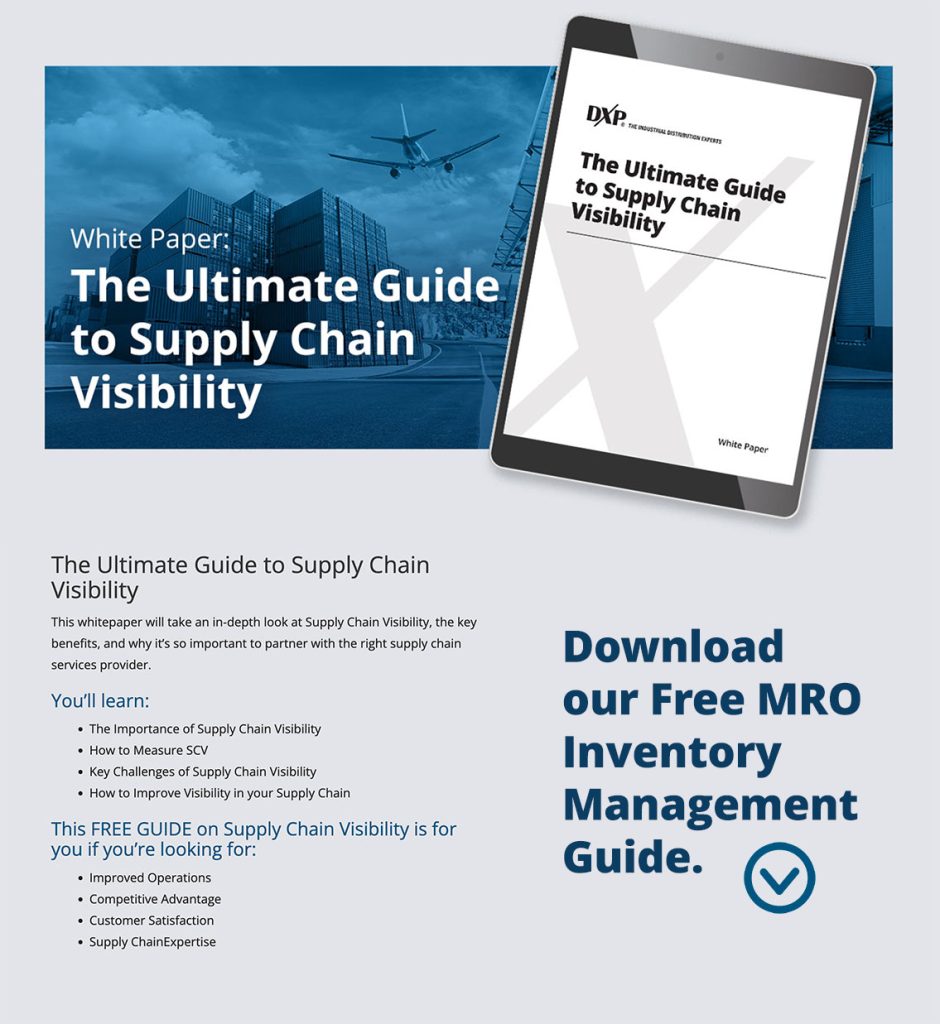
How to Conduct a Supply Chain Audit: Step-by-Step Checklist
Did you know that 79% of organizations with high-performing supply chains achieve revenue growth significantly above their industry average? One reason for this is conducting regular supply chain audits — a crucial practice that helps businesses improve their supply chain performance.
What is a Supply Chain Audit & Why is it Important?
A supply chain audit systematically examines a company’s supply chain processes, systems, and operations. It is important because it helps identify inefficiencies, risks, and areas for improvement within the supply chain, ultimately enhancing operational efficiency and reducing costs.
How often should you conduct a supply chain audit?
The frequency of supply chain audits can vary depending on industry regulations, company size, and risk factors. However, it is generally recommended to conduct audits at least annually or whenever significant changes occur within the supply chain.
How long does a typical supply chain audit take?
The duration of a supply chain audit varies depending on the complexity of the supply chain digitization, the scope of the audit, and the size of the organization. It can range from several weeks to several months.
Supply Chain Audit Checklist
As supply chain experts, the team at DXP has seen firsthand how a well-executed audit can transform operations. Whether you’re looking to reduce costs, improve supplier relationships, or enhance compliance, this step-by-step checklist will guide you through conducting a thorough supply chain audit.

Step 1: Define the Scope and Objectives
The first step is to clearly define the scope and objectives of your audit. What specific aspects of the supply chain do you want to evaluate? Are you focused on cost reduction, improving delivery times, or enhancing supplier compliance? Clear objectives will help guide your audit and ensure you cover all necessary areas.
Step 2: Gather and Analyze Data
Collect all relevant data from every aspect of your integrated supply chain. This includes procurement records, supplier performance metrics, inventory levels, transportation logs, and customer feedback. Use analytics tools to identify patterns and pinpoint areas where inefficiencies may exist.
Step 3: Evaluate Supplier Performance
Assess the performance of your suppliers based on key metrics such as delivery reliability, quality of goods, and compliance with contractual terms. Regular supplier evaluations help maintain high standards and foster strong partnerships.
- Gather feedback from internal stakeholders, such as production teams or quality control, to gain insights into supplier performance from different perspectives.
- Consider conducting site visits or audits to assess supplier facilities and processes firsthand.
- Collaborate with suppliers to develop mutually beneficial improvement plans based on evaluation findings, fostering continuous improvement and partnership development.
Step 4: Review Inventory Management
Analyze your inventory management practices to ensure they align with demand forecasts. Excess inventory ties up capital and increases storage costs, while insufficient inventory can lead to stockouts and lost sales.
Step 5: Assess Risk Management Practices
Identify all potential risks in your supply chain, such as supplier insolvency, geopolitical issues, or natural disasters. Evaluate your current risk management strategies and determine if they are sufficient. Implementing robust risk management practices can significantly reduce the impact of unforeseen disruptions.
- Develop contingency plans for mitigating identified risks, including alternative suppliers or emergency response protocols.
- Establish clear communication channels with suppliers and other stakeholders to facilitate rapid response in the event of a disruption.
Step 6: Check Regulatory Compliance
Ensure all parts of your supply chain adhere to relevant regulations and industry standards. This includes environmental regulations, labor laws, and industry-specific guidelines. Non-compliance can lead to fines and even damage to your company’s reputation.

Step 7: Optimize Logistics and Transportation
Examine your logistics and transportation strategies for efficiency. Are there opportunities to reduce shipping costs or improve delivery times? Implementing more efficient logistics practices can substantially impact overall supply chain performance.
- Review current supply chain transportation and logistics strategies.
- Identify areas for improvement in shipping costs and delivery times.
- Explore options for consolidating shipments or optimizing routes.
Step 8: Implement Continuous Improvement Plans
Based on your audit findings, develop and implement plans for continuous improvement. Set clear goals and timelines for addressing identified issues and track your progress. Continuous improvement is important to maintaining a competitive edge in today’s market.
Step 9: Communicate Findings and Recommendations
Share the results of your audit with stakeholders, including management, suppliers, and employees. Clearly communicate your findings, recommendations, and the benefits of proposed changes. Effective communication ensures buy-in and support for your improvement initiatives.
Step 10: Monitor and Review
Finally, establish a schedule for regularly monitoring and reviewing your supply chain. Periodic audits ensure that your supply chain remains efficient and responsive to changing market conditions.
- Utilize Key Performance Indicators (KPIs) to track the performance of your supply chain operations, such as inventory turnover, on-time delivery rates, and cost per order.
- Stay informed about industry trends, market changes, and emerging technologies that may impact your supply chain, and adjust strategies accordingly to remain competitive.
Optimize Your Supply Chain with DXP
Nowadays, ensuring that your supply chain operates efficiently and transparently is more crucial than ever.
Ready to take your supply chain to the next level? At DXP, we specialize in supply chain services designed to optimize efficiency, reduce costs, and enhance performance. Our team of experts is here to help you navigate the modern challenges of supply chain management and achieve your business goals.
Contact DXP today to learn more about how our tailored solutions can benefit your organization.

